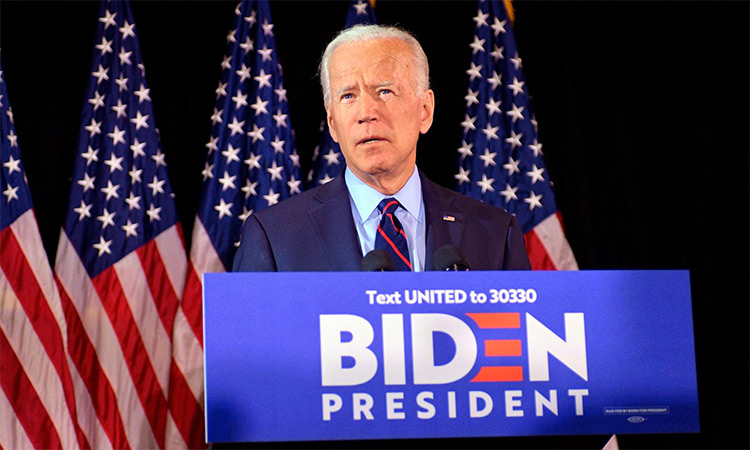US projects $3.12tr budget deficit for this year

Picture used for illustrative purpose only.
The Biden administration is forecasting that this year’s budget deficit will be $555 billion lower than it estimated back in May, helped by an economy that is rebounding more quickly than had been expected.
But even with the improvement, the administration said on Friday that it is forecasting a deficit of $3.12 trillion for the budget year that ends Sept. 30. That would be the second largest deficit in history, exceeded slightly by last year’s $3.13 trillion deficit.
And for the next decade, the administration never sees the annual deficits falling below $1 trillion. For the 2022 budget year, which begins Oct. 1, the administration is projecting a deficit of $1.54 trillion.
The non-partisan Congressional Budget Office forecasts an even lower deficit of $1.15 trillion next year.
However, the CBO forecasts are based on current law and do not take into account what the impact will be of two massive spending bills that have yet to pass Congress, a bipartisan measure of around $1 trillion in spending on traditional infrastructure projects such as roads and bridges and a $3.5 trillion measure backed only by Democrats to offer expanded health care, pre-school and junior college education and climate change initiatives.
Even with the added infrastructure and social spending, the Biden administration said Friday that it sees the deficits over the next decade coming in $684 billion below its earlier forecast. However, that improvement would still leave deficits over the next decade totaling $12.49 trillion.
In the last two years, deficit totals have worsened as the government approved trillions of dollars in support for individuals and businesses caught in an economy reeling from the coronavirus pandemic.
Last year’s deficit of $3.13 trillion surpassed the previous record-holder of $1.4 trillion set in 2009 during the Obama administration, when the government was spending heavily to deal with a severe recession after the 2008 financial crisis.
The administration’s Mid-Session Review said much of the improvement in the deficit forecast for this year stemmed from a strong economic rebound, reflecting the impact of President Joe Biden’s economic policies.
The review upgraded the administration’s economic forecasts to show an economy expanding this year by 7.1%, when measured from the fourth quarter of last year. That is up from the administration’s previous projection of growth this year of 5.2%.
In addition to boosting growth this year, the administration’s new forecast increases inflation, predicting consumer prices will rise 4.8% this year compared to last year, up from an earlier forecast of just a 2% price increase. Officials said the increase reflected the higher inflation the country has seen so far, stemming in part from supply-chain bottlenecks. The administration sees inflation pressures easing next year, with prices projected to rise 3.3% in 2022 and then falling further to a 2.2% rise in 2023. The Federal Reserve seeks to manage its monetary policy to achieve 2% annual gains in inflation.
The US economy and labor market have healed to the point that the central bank could begin to withdraw its stimulus measures by the end of the year, Federal Reserve Chair Jerome Powell said on Friday.
But the Fed chief stressed that there was no hurry to raise interest rates, arguing that current inflation pressures will be temporary.
When Covid-19 hit the world’s largest economy last year, the Fed jumped into action to prevent a major recession, slashing the key lending rate to zero and buying huge amounts of Treasury debt and agency mortgage-backed securities to provide liquidity to the financial system.
The pandemic recession was “the briefest yet deepest on record,” Powell said in his highly anticipated speech to the annual Jackson Hole central banking symposium.
With millions of jobs recovered, he signaled that the Fed may ease the pace of bond buying from its current $120 billion per-month.
Powell provided no specifics, but instead repeated the Fed’s stance that “it could be appropriate to start reducing the pace of asset purchases this year.”
Any move to slow asset purchases would still leave a large amount of stimulus in place, and would not be a signal that an increase in the benchmark lending rate would soon follow, he said.
The timing of “rate liftoff” from zero will be subject to a “substantially more stringent test,” Powell added.
Widespread vaccinations have allowed businesses across the United States to reopen fully, bringing the unemployment rate down to 5.4 percent last month, much closer to the pre-pandemic level of 3.5 percent.







